

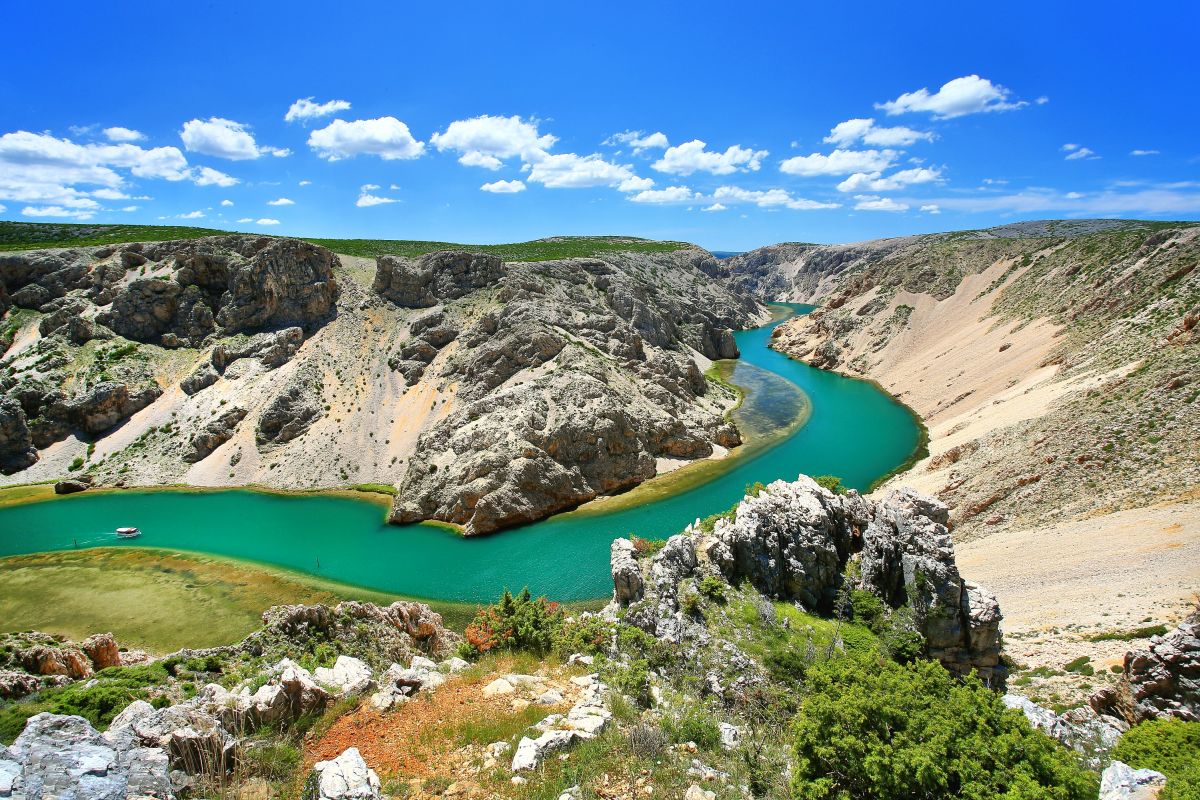
The Krupa River is an unknown pearl of karst, an oasis surrounded by rock. It is one of the least known, yet one of the most beautiful rivers of Croatia. It is only seven kilometres long, but has much more to offer than a ten times longer river, often degraded into a lifeless canal. The view from the edge of its deep canyon that carved itself into Dalmatia’s karst waterless plateau is breath-taking: the glistening waterfalls that tumble down to the river’s crystal clear water takes on a deep greenish hue.
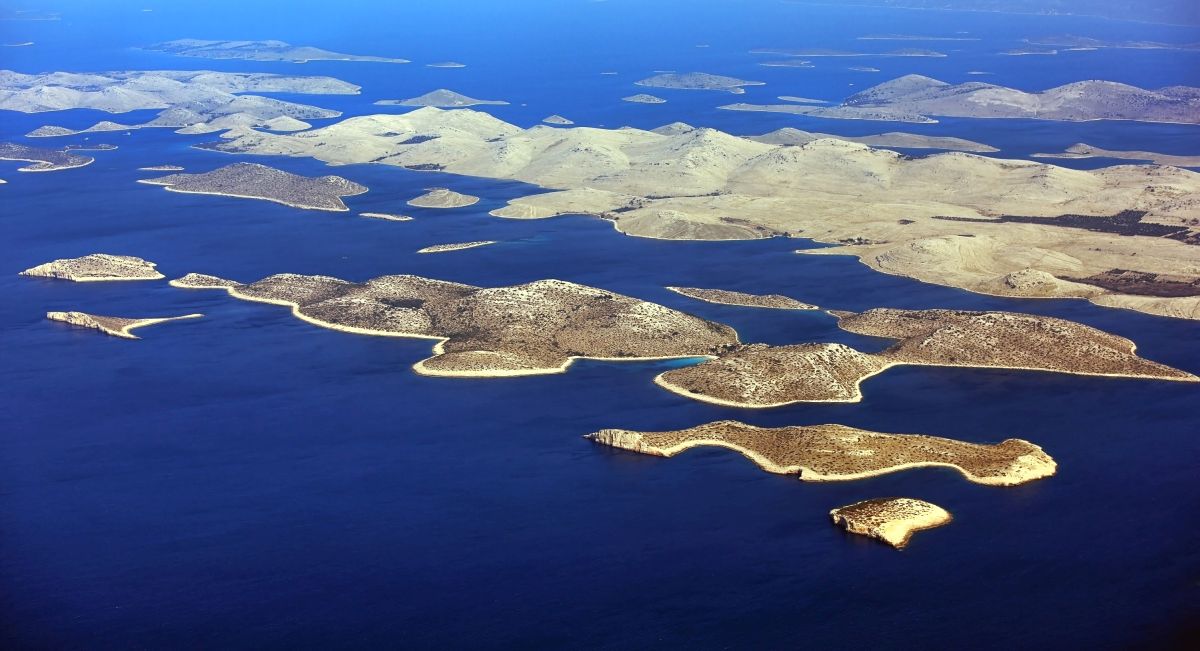
This group of islands represents the densest archipelago in Mediterranean. It is located between Šibenik and Zadar, covers the area of about 320 km2 and makes 12% of all the islands in the Croatian Adriatic.
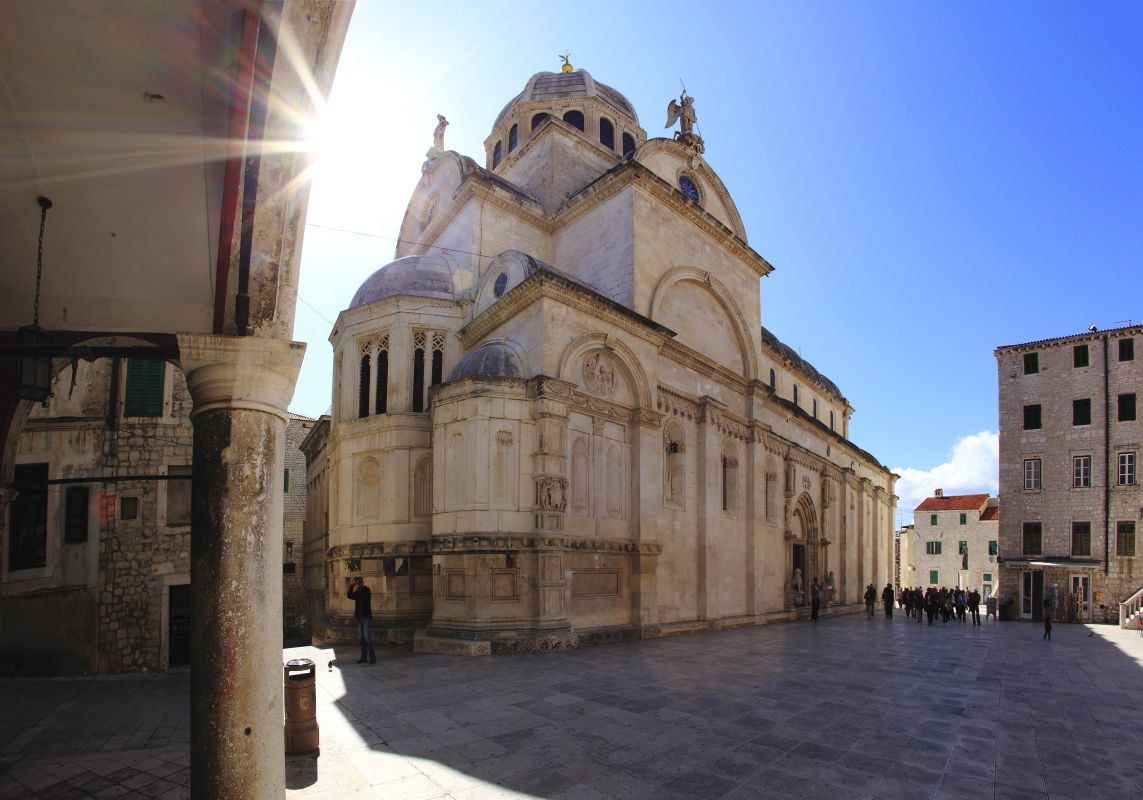
Šibenik is situated in the central part of the Croatian Adriatic Coast, in the picturesque and indented bay where the Krka River, one of the most beautiful karst rivers in Croatia enters the sea. Today Šibenik, with 46,332 inhabitants, is the administrative, political, economic and socio-cultural center of the Šibenik-Knin County.
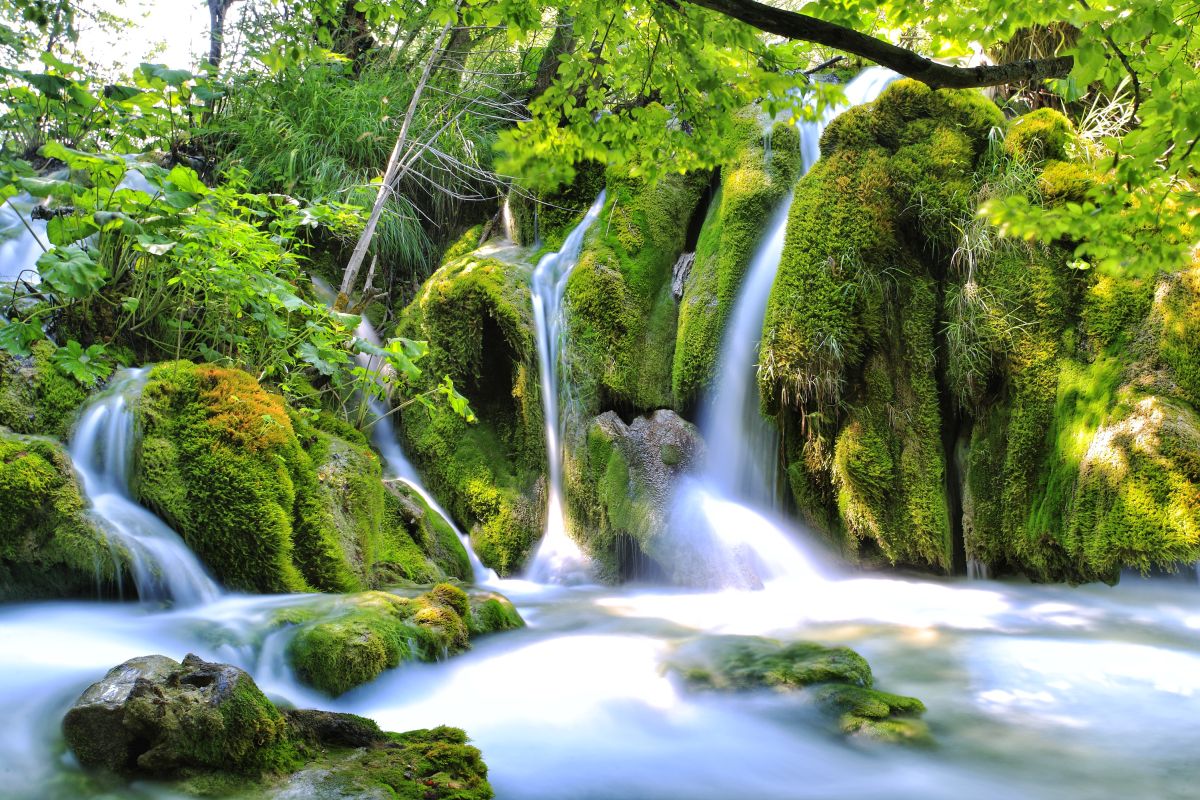
Plitvice Lakes represent a majestic and dynamic face of nature in constant transformation. Science may be clear about the origin of Plitvice Lakes and tufa barriers, but water has always had mythical characteristics for people in karst regions.
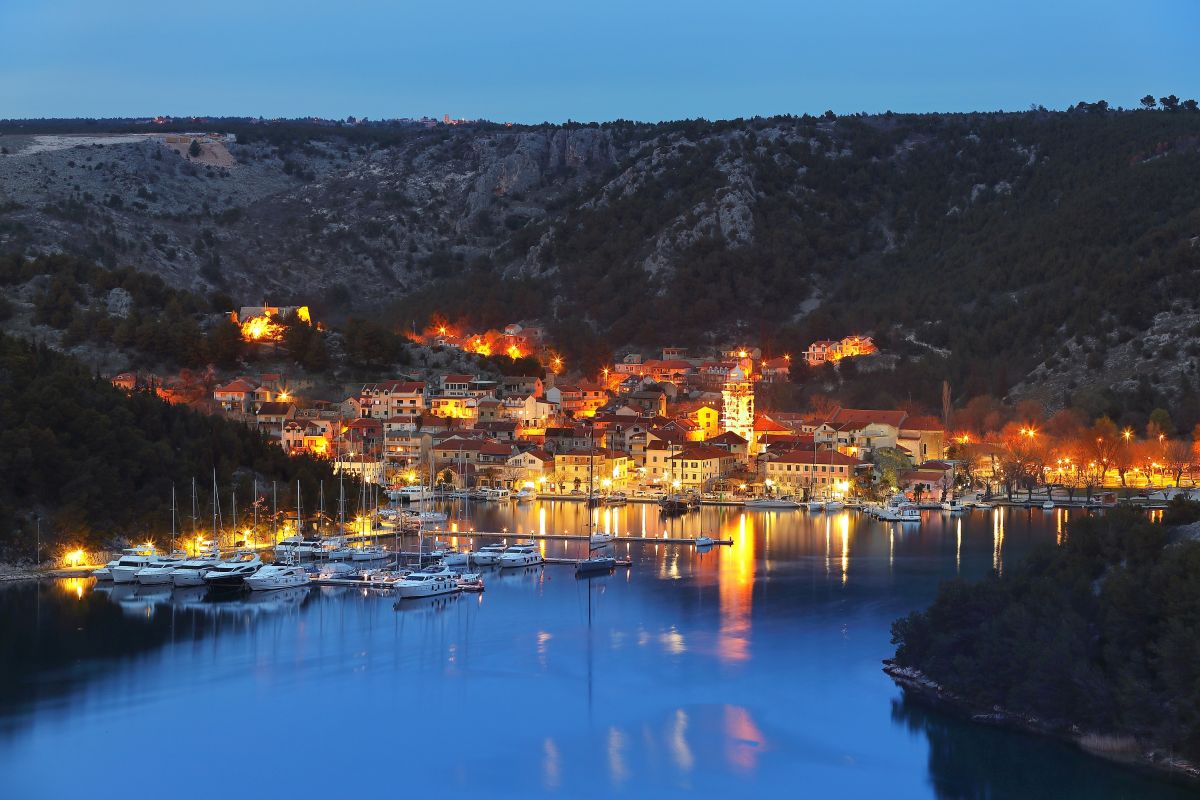
Skradin, located about 15 km from Šibenik, is one of the oldest Croatian cities, first mentioned under its current name in the 10th century.
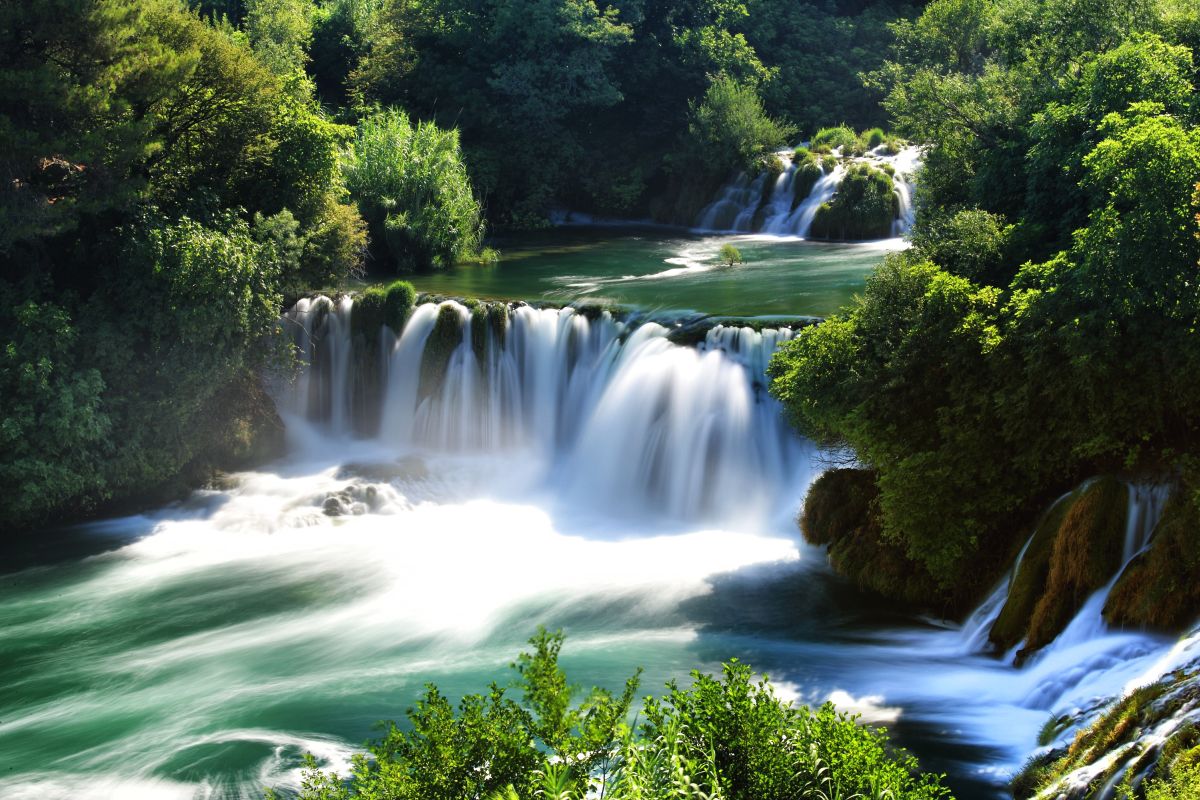
Krka National Park lies within Šibenik-Knin County, and covers a total area of 109 km² of the loveliest sections of the Krka River, and the lower course of the Čikola River.
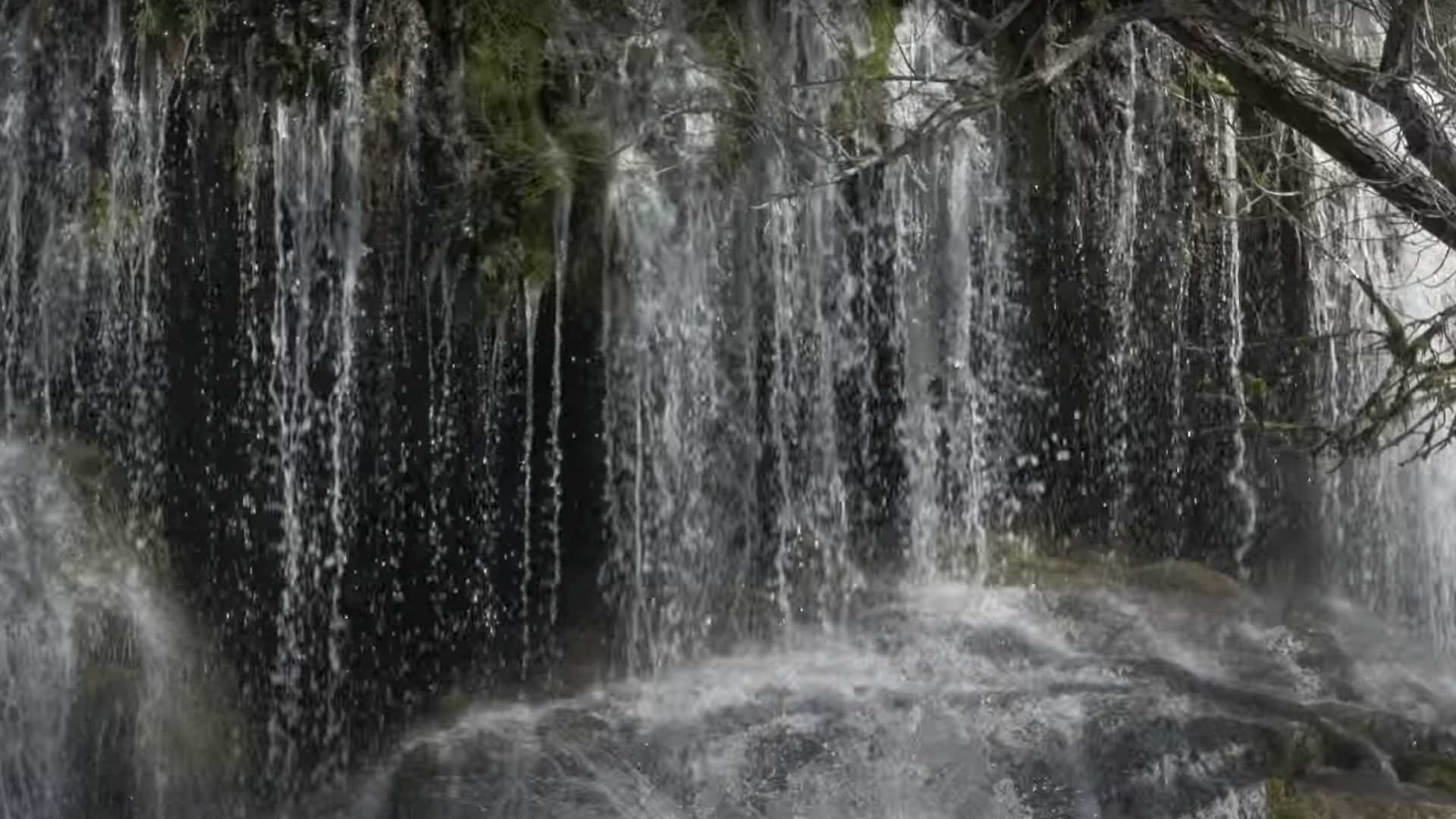
In this segment from the Facing Waves TV series, the PaddleTV team take their whitewater kayaks to explore the rivers and caves of Croatia.

There is a word we rarely hear these days. One that allows amazing things to happen. That word is, “Yes.” So, say yes to fresh air and…
